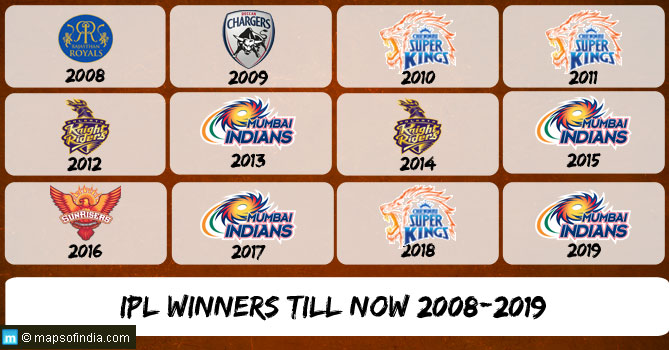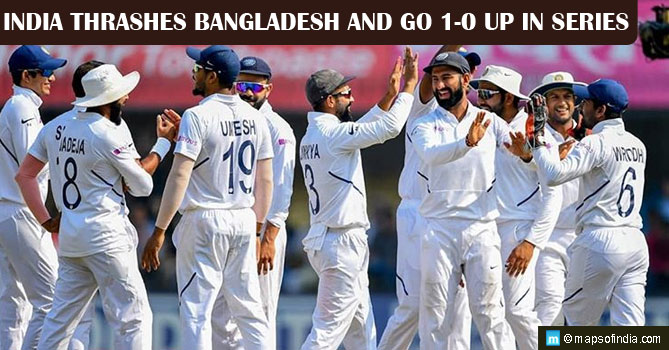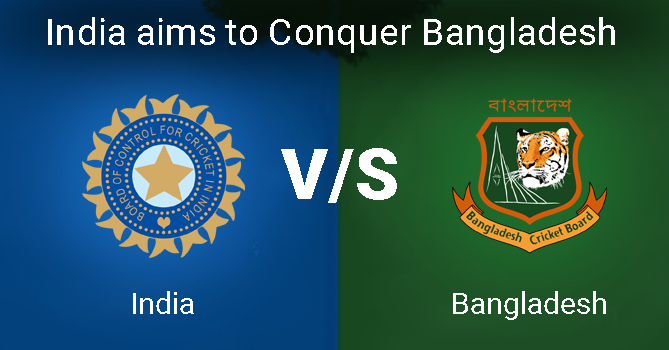India has finally won the Champions Trophy after several failed attempts and corrected its sketchy record in the tournament by winning what is likely to be the last edition of this wonderful tournament. Going into the tournament, which can jolly well be regarded as the toughest assignment in international cricket, India was being thought of as a possible contender and the team needs to be congratulated for just winning the trophy that is contested by only the very best. The fact that the team has managed to pull it off in such convincing fashion deserves special mention as well.
There are several reasons that could be attributed to the team’s success. The first and foremost perhaps is the type of pitches they encountered throughout the tournament. With the exception of the final match, there was no strip in the tournament where the ball swung and seam as it is supposed to do in England – the conditions were more sub-continental as in the pitches were dry and some were also affording considerable turn. This, coupled with the bounce, really played into the hands of the Indian spin duo – Ashwin and “Sir” Jadeja.
Yet another explanation of the exceptional performance of the national team was the lack of expectation from certain corners. Sometimes, we use the phrase a blessing in disguise and this time too the situation was no different for Team Dhoni! Just before the tournament started, the Indian cricket was ravaged with the IPL spot-fixing fiasco that would have broken the morale of any sporting team before such a major tournament. I am sure that this also lowered expectations from the team, which the cricketers were able to use in their favor by playing with a free mind. It was pretty evident that they knew that perhaps not many expected them to go on and win the tournament.
However, these are merely conjectures and it needs to be understood that a team has to perform well and consistently so in order to keep the winning habit intact. The best thing for India in this tournament was that every department came to the fore. Starting with the batting opener Shikhar Dhawan was truly on song, smashing a couple of back-to-back centuries right at the start of the tournament. Rohit Sharma and MS Dhoni too played their part in this success and surprisingly enough the Indian team was able to cope with the loss of form of Virat Kohli and Suresh Raina, two of the most vital components of India’s success in limited overs matches!
As far as bowling went, India did fairly well. Seamers Bhuvaneshwar Kumar and Ishant Sharma were mostly on the money and even though Umesh Yadav was not able to bowl at his best it did not matter in the end as the entire unit performed well in unison. This was a major ingredient of the team’s success as in England if your quicker bowlers are doing their job it is almost like winning half the battle. The spin bowling, as usual, was the star performer with Jadeja claiming a fantastic 5-wicket haul against the arch rivals Pakistan. Ashwin was consistent throughout the tournament as well.
Fielding has never really been India’s strong point but this tournament it was a different side on view as far as that part of the game was concerned. There were several good fielders in the team like Suresh Raina, Virat Kohli, Rohit Sharma, and Dinesh Karthik who were backed up by the other members of the playing eleven who were able to increase their competence levels. In fact the fielding was good enough for someone as composed as MS Dhoni to make the claim that they were the best fielding side on show.
However, the major area of strength for India lay elsewhere – they had a batting line up till number 9 and all of them were capable. They also had 5 very good bowlers. This all-round depth is something that successful test and ODI teams are built on and previously when India has performed well it has had this sort of depth like in the 1983 World Cup or the 1985 Benson Hedges Trophy. At that time, there were many allrounders in the team like Kapil Dev, Roger Binny and Madan Lal. They were ably supported by Mohinder Amarnath and Ravi Shastri.
The present Indian side also bears a fair resemblance with the South African team under Hansie Cronje that had champion all-rounders such as Brian McMillan, Jacques Kallis, Lance Klusener and Shaun Pollock and at times Nicky Boje. New Zealand also had plenty of all-round depth with players like Gavin Larsen, Chris Harris, Deon Nash and Chris Cairns. This shows that if you know that you have bowlers who can bat you can always pick more bowlers to give the team a balanced look.
This is the luxury that Dhoni has now. He can also be sure that there are others on the fringes like Irfan Pathan who can come in and perform well. The team captain, too, needs to be lauded as he has not followed a safe path of playing only specialists in the team and instead has relied on his multi-utility players. This can also be cited as one of the reasons as to why India was able to trump the hosts and win the championship that had eluded them – they were better balanced on the day than the home team who decided to dump a bowler and beef up their batting. I just hope that India continues with this vein of thought as then I am sure that the team will be able to perform to the levels its fan base expects it to.




